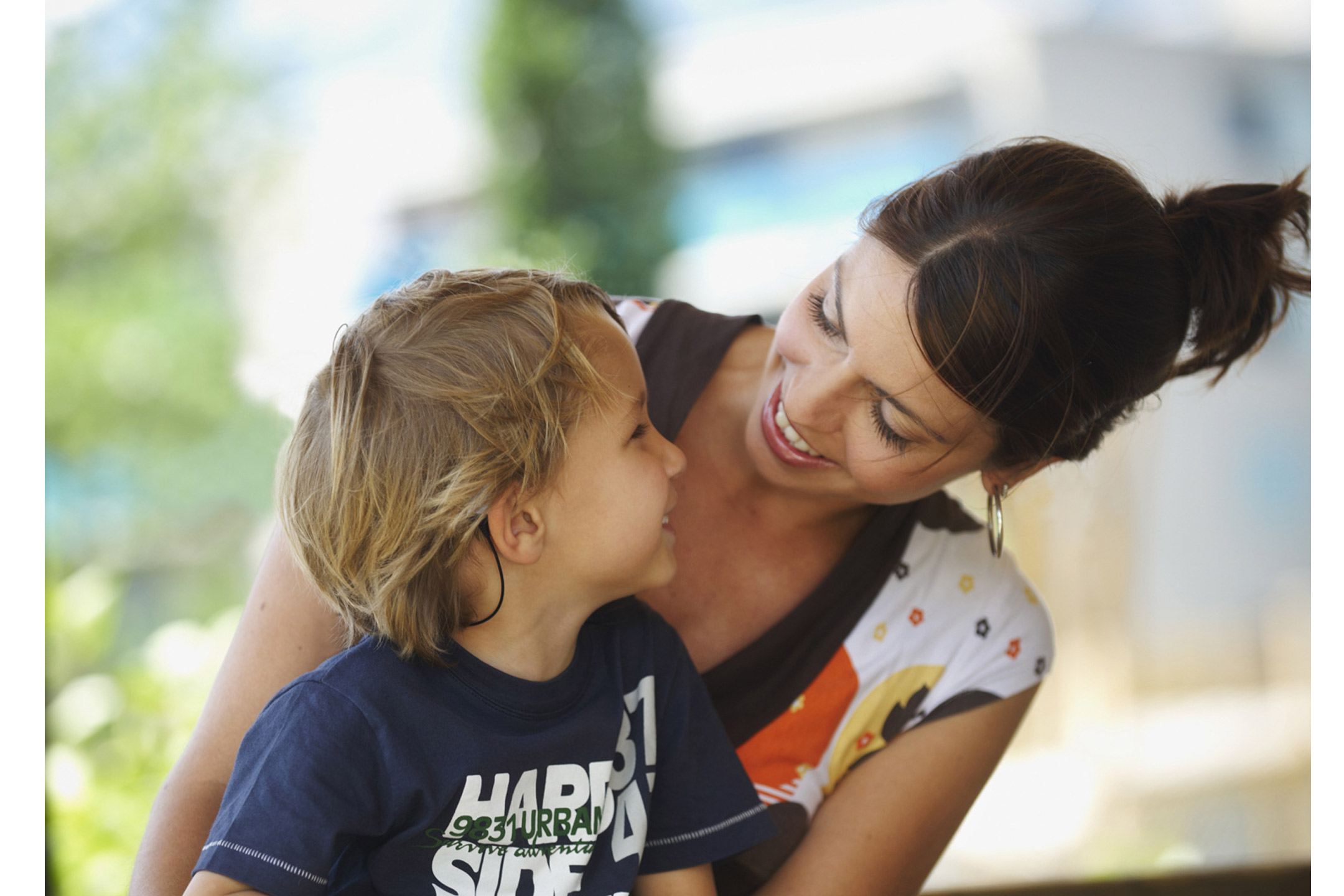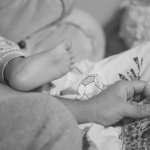
03 Sep why do some children suffering from hearing loss adapt and thrive, while others struggle?
A unique Victorian databank that profiles children with hearing loss will help researchers globally understand why some children adapt and thrive, while others struggle.
The paper’s* lead author, Murdoch Children’s Research Institute’s (MCRI) Dr Valerie Sung, says researchers world-wide can use the databank to answer questions around childhood hearing loss.
“This register can help us understand why some children with a hearing loss do so well, while others experience greater difficulties,” she says.
“Universal newborn hearing screening is detecting hearing loss earlier than ever before, usually within a few weeks of birth.
“Children with hearing loss have very early access to hearing aids, early intervention services and for some, cochlear implantation. It was expected that hearing-impaired children would quickly come to enjoy the same language and educational outcomes as their hearing peers.
“However, early clinical diagnosis and intervention does not guarantee equality in health outcomes, with language and related outcomes of children with hearing loss remaining on average well below population means and the children’s true cognitive potential” says Dr Sung.
600 Australian infants each year are diagnosed with congenital hearing loss within weeks of birth.
Mother, Dee Yadav says it was devastating when she learnt her daughter, Mahika, aged 7, had profound hearing loss in both ears. Ms Yadav says despite her lagging behind other kids her age she is starting to catch up with the help of medical support and cochlear implant technology.
“Her journey and success so far have been amazing. She has improved a lot and she is picking up language better as she gets older
“Seeing her go to school and communicating with her friends is the best thing I can see her do.” she says.
The Victorian Childhood Hearing Impairment Longitudinal Databank (VicCHILD) is a population based longitudinal databank open to every child with permanent hearing loss in Victoria.
Ms Yadav joined the VicCHILD database when Mahika turned one.
“Research benefits everyone, so if we can assist doctors in the future with other kids with hearing loss than why not help out,” she says.
“It’s a small way to give back and help others with the same condition.”
VicCHILD started in 2012 and stems from 25 years of work by The Royal Children’s Hospital and MCRI. By 2020 more than 1000 children will be taking part, making it the largest hearing databank in the world.
VicCHILD collects data at enrolment, two years of age, school entry and late primary /early high school. It involves parent questionnaires, child assessments and taking saliva samples.
Dr Sung, who is also a honorary fellow at the University of Melbourne, says about 600 Australian infants each year are diagnosed with congenital hearing loss within weeks of birth.
“As these children grow, they can face challenges in things that come naturally to others like language and learning. This can impact their quality of life,” she says.
“Hearing loss incurs significant burden and medical costs and impacts adversely on educational attainment and employment opportunities.
“This important bank of information could improve interventions and ultimately the lives of children with hearing loss and their families. It will also act as a platform for research trials to understand the effectiveness of different interventions.”
To join the VicCHILD study, for more information or to donate, visit www.mcri.edu.au/vicchild or email vic-child@rch.org.au
*Publication: Valerie Sung, Libby Smith, Zeffie Poulakis, Rachel Burt, Peter Carew, Sherryn Tobin and Melissa Wake. ‘Data Resource Profile: Victorian Childhood Hearing Impairment Longitudinal Databank (VicCHILD)’. International Journal of Epidemiology.
Image : https://www.medel.com/us/image-gallery-usa/




